I hate goats.
No, scratch that. I really hate Hendricks.
Nope. Still not enough venom. I despise goats and Hendricks and I’m cussing like a trucker as I chase both.
Curtis Hendricks is tracking a mountain goat radio collar that’s sending a mortality signal. It means there’s a dead goat in the rough and rocky ridges between Idaho and Wyoming. Or it means an animal slipped its tracking chokehold and a collar is laying in the dirt somewhere. Either way, Hendricks is trailing mountain goats and I’m trailing Hendricks because I want to see mountain goats.
I wish I didn’t want.
“This area in particular is really difficult,” says Hendricks, Idaho Department of Fish and Game wildlife biologist. “It’s definitely a day commitment to get into. It’s challenging, but that’s the beauty of mountain goats.”
Mountain goats hang out where humans shouldn’t, especially not humans with cameras and tripods. It’s too bad I don’t give up, because I really want to. My gear is heavy and Hendricks is quick-paced on our steep, roadless pursuit. We are four hours in, and the only reason I’m still in is because my lunch is in Hendricks’ pack. He’s dangling it like a carrot while waiting well ahead of me. I fantasize about the knuckle sandwich I’d like to give him. I’m going to need a lesson in patience after this.
My frustration reveals itself and I holler, “We’ve got to stop. I’m not in a good place mentally.”
Hendricks hollers back, “You’re saying you’re not in a good place mentally and I’m saying we’re not in a good place physically. We’re down here and we need to be up there.”
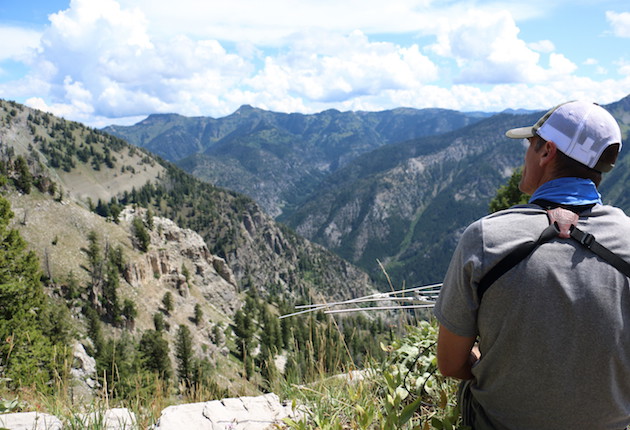
Curtis Hendricks uses radio telemetry to find a GPS tracking collar … and hopefully the goat that wore it.
Once I reach him, we eat. My PB&J sandwich is not as tasty as that knuckle kind I want to give Hendricks, but it will do. My time is coming. Hendricks is creepy fast while in pursuit, but I am creepy good at glassing ridges with my naked eye. I’m scanning while I fill my gut with groceries. I spy moving white two ridges away.
Hendricks uses his optics to confirm I’m not hallucinating. I’m hangry, (hungry and angry) but I’m not hallucinating. There really are goats clear over there. We watch from very afar while we eat. I wish I was a thief. I would steal Hendricks’ lunch. And his trekking poles. But not his antenna. That’s cumbersome. He can keep that. He needs it to pick up the signal we’re after anyway.
“Collars answer a lot of questions,” Hendricks says around a mouthful of not-so knuckle sandwich. “We are able to lift the lid a little bit on animal behavior and how they move on the landscape.”
Now it’s time for us to move. After lunch, we spend an hour picking our way through a huge bowl of scree — thin loose rock that slips like a pile of broken dinner plates. I’m going to need new boots after this. It takes another hour to scramble up to a point that puts us above the herd. There’s no hurry with all of this; the billies and nannies don’t have anywhere else to be unless we push them. We’ve worked too hard to push them.
“I think that’s part of the appeal that keeps me coming back to the alpine country,” Hendricks says. “You get up there and it’s so big, it’s amazing. A lot of vertical, a lot of exposure, and you can see along ways. It’s incredible country.”
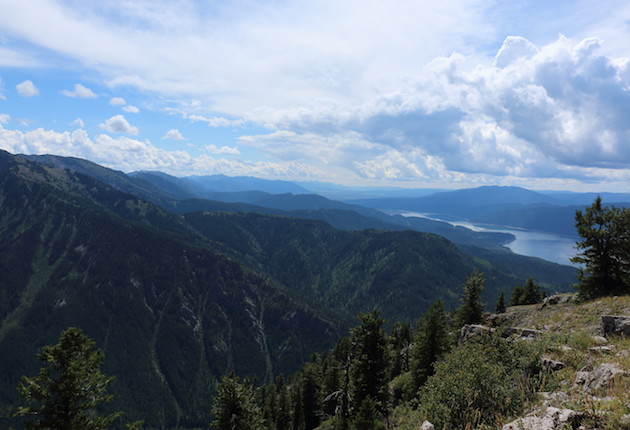
There’s no country like goat country.
He’s right about that, and I’m incredibly spent when I abandon upright and start crawling toward the cliff with camera in hand. The plan is for me to quietly poke my head, and camera, over the edge and spy on five mountain goats foraging below. Goats like to run upward when they flee. Upward is me. They won’t have anywhere to go, so if I’m reverent and nonthreatening they’ll stay put.
Hendricks is biologically brilliant in wildlife ways. That’s why I like to shadow him when he works. I know this plan will work because he came up with it. Belly crawl begins. I’m going to need a new vest after this.
The stealth plan works, and as I get my first up-close visual, audio is added. Goats are noisy. They snort, snuck, burp, chew with their mouths open, and show little regard for manners. The sounds are so unexpected they’re cool. I’m showing a toothy grin when I give Hendricks my “Yes, I’m getting all of this” nod.
“They’re putting all their groceries on their back in the summer,” he whispers. “Then they’ll hunker down and live here through winter.”
I definitely won’t be here in the winter, but I’m here now and one of the goats knows it. It looks at me for a long time. I look back. Wouldn’t it be neat to know how it describes me? Here’s how I describe it: white coat tinged with yellow, softer than acceptable hooves for the terrain, and absolutely unacceptable table manners.
But who cares about their manners. This is their home. They can eat how they want and I’ll watch. Forget about lack of patience, trashed boots, and a ruined vest. I’m hanging over a cliff with a camera watching the wild. The really wild. The rarely- , if ever, see-humans wild.
Never mind what I said earlier about hating goats. I really like goats, but Hendricks is already telling me we’re losing light. Time to go. I still hate Hendricks.

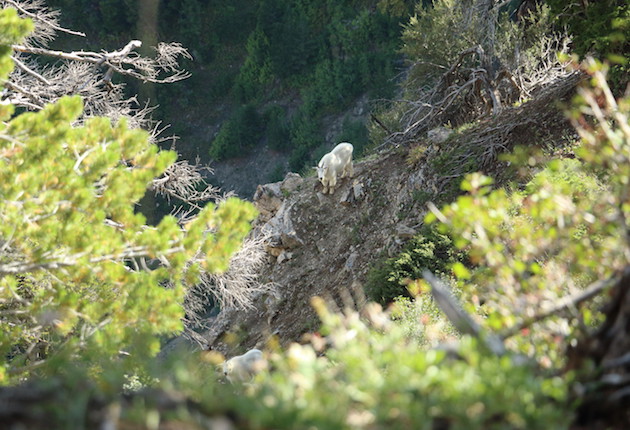
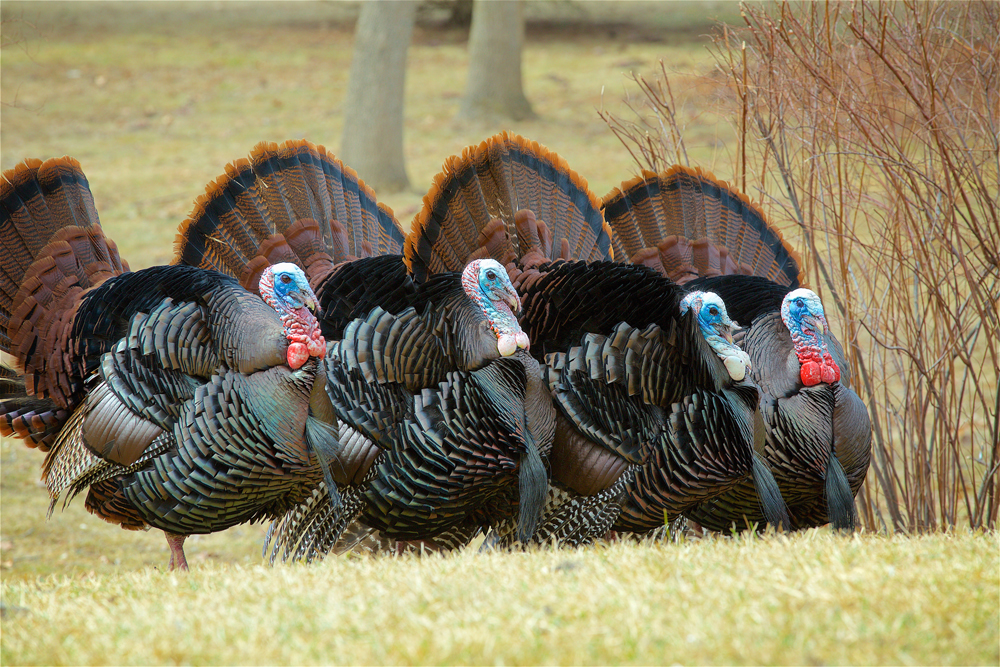
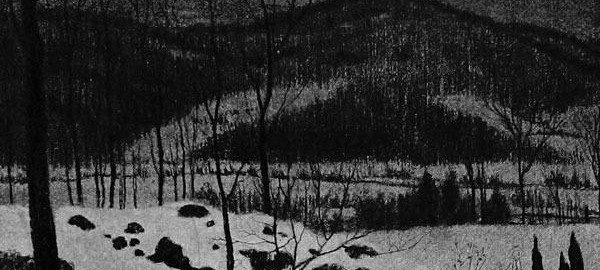

Love the humor. Love the candid Kris Millgate. Enjoyable piece. Thank you!